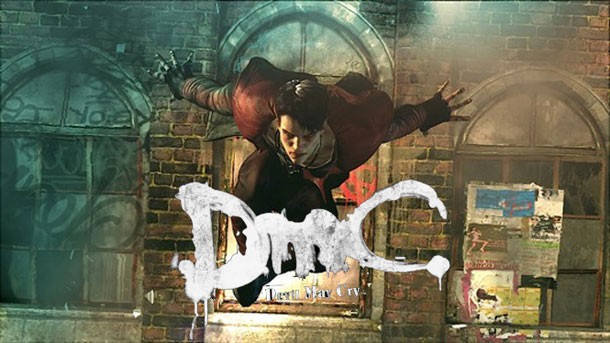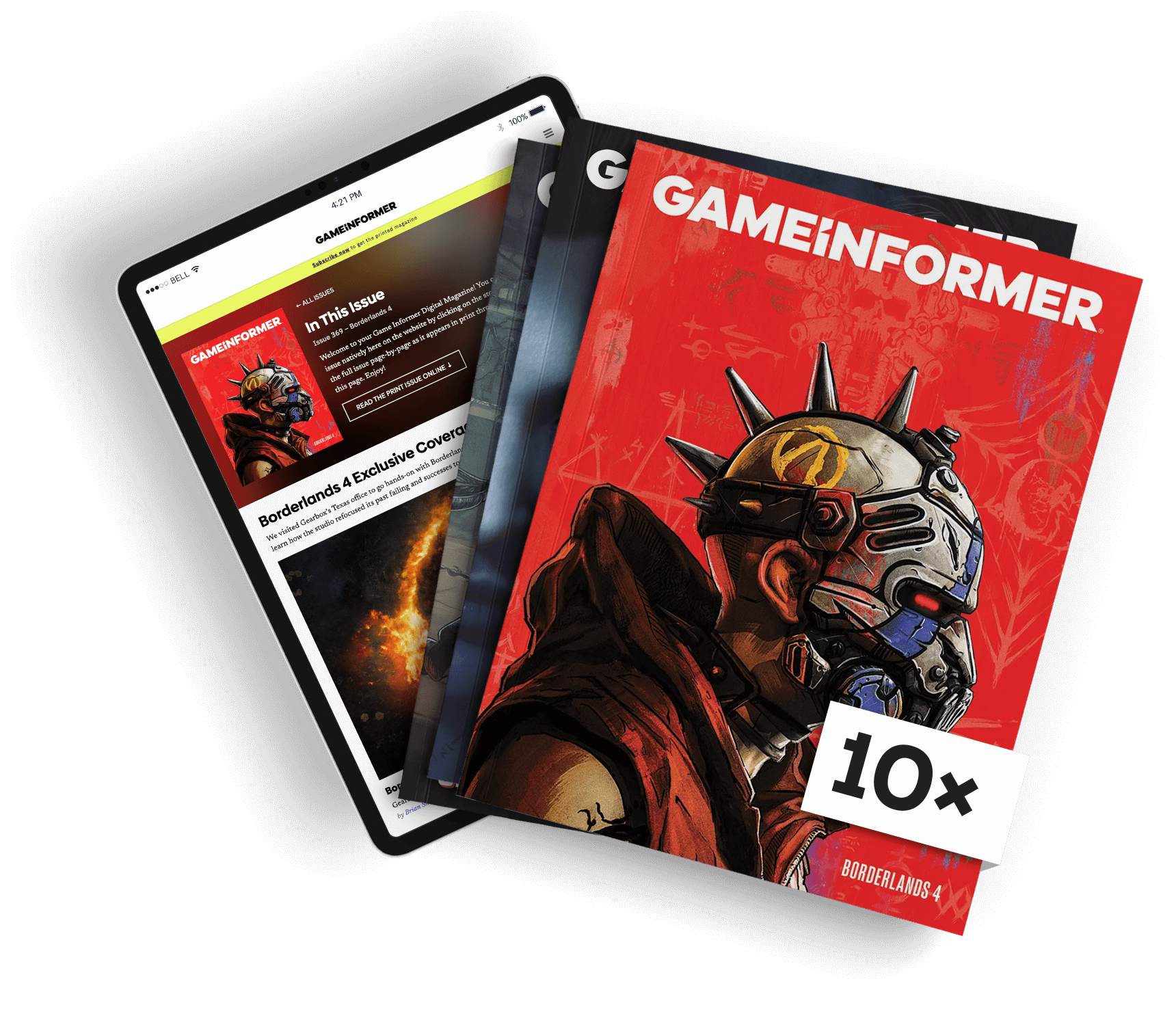Developer Salute – Ninja Theory

When Ninja Theory announced it would be taking the reins of the Devil May Cry series and it unveiled its new dark-haired Dante, the Internet collectively grabbed their keyboard-shaped pitch forks and started stabbing them into the air. I, on the other hand, got incredibly excited.
Since my first playthrough of Heavenly Sword, I have been a great admirer of Ninja Theory. Their focus on storytelling and actor performance capture elevates its virtual experiences to something that lies somewhere between a video game and a film. Heavenly Sword may have lacked some technical polish, but its characters and world were absolutely engrossing. It was easy to look past some of the glitches when Nariko and each of her supporting cast members felt and moved more like a real person than any virtual character I had seen to date. Even Heavenly Sword’s most ridiculous and over the top characters are believable and memorable. They seem to be a product of Ninja Theory’s insistence on letting its actors perform and experiment, rather than simply using them as hired hands to say words into a microphone.
With games like The Last of Us, we’re becoming more and more familiar with the importance of actor performance capture. Acting in a video game today requires much more than the ability to speak well. It now encompasses an entire performance, and it will undoubtedly elevate in importance as we move into the next generation. Ninja Theory seemed to recognize the value of good performance and capture before most other developers. It partnered with Andy Serkis, the unofficial master of digital performance capture, before most studios even built their own in-house motion-capture studios.

I remember seeing Game Informer's Crackdown 2 cover back when I was just a subscriber. I was a huge fan of the original Crackdown, but it was the text on the top of the page that got me really excited. I headed straight to the feature covering Enslaved: Odyssey to the West, ignoring every page on the way to see what the Heavenly Sword team was working on next.
Enslaved: Odyssey to the West’s ending is a head scratcher, but it does little to diminish the odyssey leading to it. There are many moments in Enslaved where Trip and Monkey feel incredibly real. Trip’s return home is heartbreaking, and Monkey’s response to Trip’s willingness to remove his slave collar late in the game continued to resonate with me long after moving past those sections, and well after witnessing the game’s admittedly strange ending.

Which brings me all the way back to Devil May Cry. Before I saw the trailer for DmC, but knew Ninja Theory was taking command of the freelance demon hunter’s ship, I knew it was exactly what Dante needed. I barely made it through Devil May Cry 4 without rolling my eyes every few minutes, and I was ecstatic to see what Ninja Theory could do with established characters. The developer was so good at introducing and building new characters that I couldn’t wait to see what it did with ones I already knew. It was like seeing a favorite author take over a well-known comic book series. The result was easily my favorite Devil May Cry in the series.
With capture technology moving forward as it is, I can’t wait to see what Ninja Theory has up its sleeves for Xbox One and PlayStation 4. Its worlds are so beautiful and fantastic, and the characters that inhabit them feel like people I could meet in real life – even if they get dressed by flipping in a trailer as it flies through the air. With experiences like Heavenly Sword, Enslaved: Odyssey to the West, and Ninja Theory's take on Devil May Cry, this developer has earned my excitement for every game it announces.

Get the Game Informer Print Edition!
Explore your favorite games in premium print format, delivered to your door.
- 10 issues per year
- Only $4.80 per issue
- Full digital magazine archive access
- Since 1991







